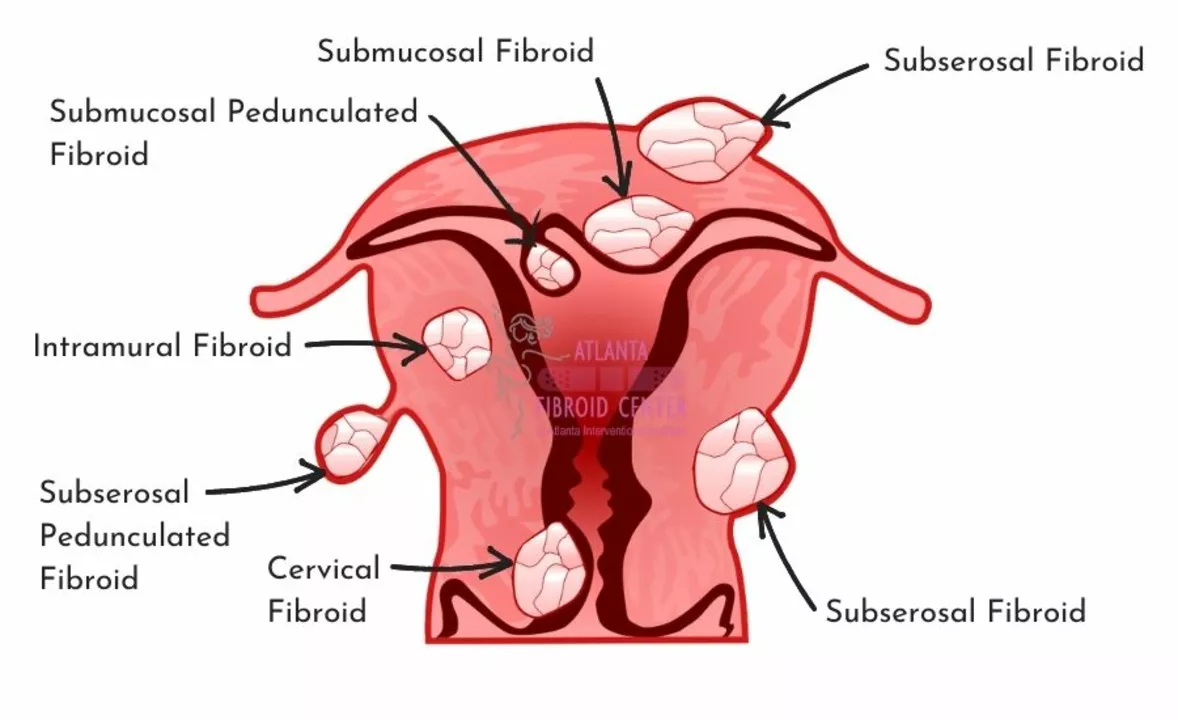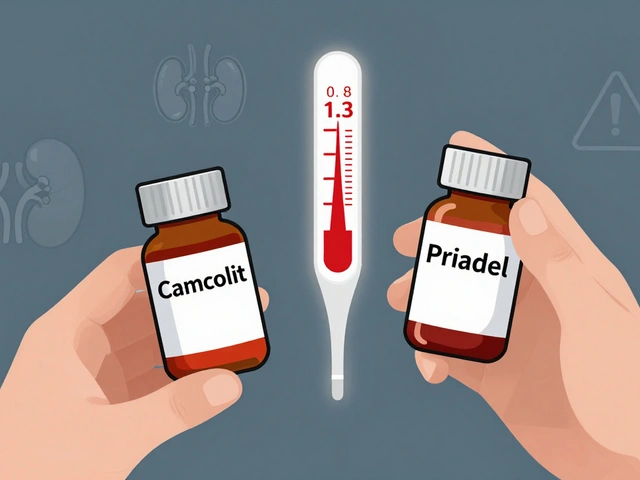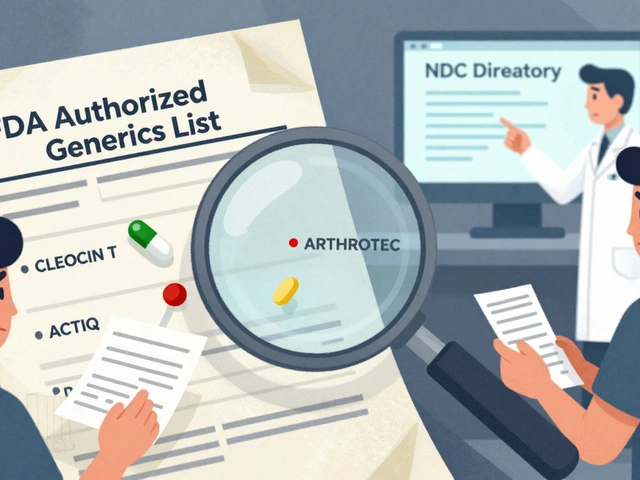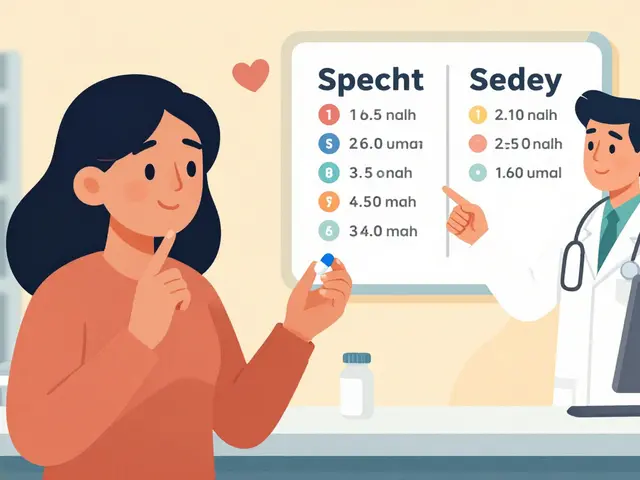Uterus lining overgrowth (endometrial hyperplasia): a practical guide
Not all heavy bleeding is normal. When the uterine lining grows too thick, doctors call it endometrial hyperplasia — or simply uterus lining overgrowth. Some types are harmless, but others raise the chance of endometrial cancer if you don’t treat them. This page explains what causes it, how doctors check for it, and simple next steps you can take.
Causes and symptoms
The main driver is too much estrogen without enough progesterone. That happens when ovulation is irregular or absent — think PCOS, perimenopause, or simply long cycles. Other triggers include obesity (fat tissue makes extra estrogen), unopposed estrogen therapy, and medications like tamoxifen.
Watch for these signs: heavier or longer periods, spotting between cycles, or any vaginal bleeding after menopause. If you’re on hormone therapy or have suddenly changed your cycle pattern, pay attention — and don’t ignore postmenopausal bleeding. That one needs a quick check.
Diagnosis and treatment
Your doctor will usually start with a pelvic exam and a transvaginal ultrasound to measure lining thickness. The key test is an endometrial biopsy (often a quick office procedure called a pipelle) to see if cells look abnormal. Sometimes a hysteroscopy with a targeted biopsy or a D&C is needed to get a clearer sample.
Treatment depends on the biopsy result. If cells are benign or simple hyperplasia, doctors often prescribe progestin. Options include a progestin IUD (Mirena), oral progestins, or cyclic progestin courses. These shrink the lining and are a common way to preserve fertility.
When the biopsy shows atypical hyperplasia — changes that raise cancer risk — options shift. For people who don’t need fertility, a hysterectomy is often recommended. If you want to keep your uterus, high-dose progestin with close follow-up can be tried, but it requires frequent checks and clear goals with your doctor.
Simple steps that help: track your periods, keep a healthy weight, and manage conditions like PCOS or diabetes. If you use estrogen therapy after menopause, ask your provider about adding progesterone to protect the lining.
If you notice heavy bleeding or any postmenopausal spotting, call your healthcare provider. Ask for a transvaginal ultrasound and an endometrial biopsy if they don’t offer one. Early diagnosis makes treatment easier and lowers cancer risk.
Questions to bring up with your clinician: Can I try a progestin IUD? What follow-up schedule do you recommend? How will this affect my fertility plans? Clear answers help you pick the right plan for your life and health.

How Overgrowth in the Lining of the Uterus Can Lead to Abnormal Bleeding
As a blogger, I've recently been researching how overgrowth in the lining of the uterus can lead to abnormal bleeding. I discovered that this overgrowth, known as endometrial hyperplasia, can cause the uterine lining to become too thick, resulting in heavy or prolonged periods. Additionally, hormonal imbalances, such as elevated levels of estrogen without enough progesterone, can contribute to this condition. It's important to consult with a healthcare professional if you're experiencing abnormal bleeding, as it could be a sign of an underlying issue. Early detection and treatment can help prevent more severe complications, such as infertility or even cancer.
view more




